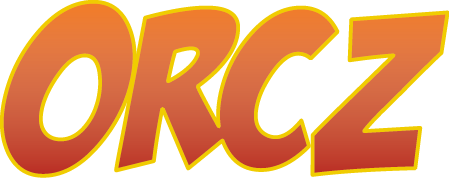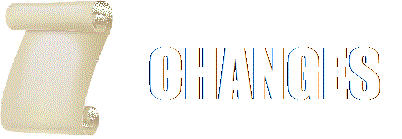UPDATE: PERKS ARE NOW 100% CONFIRMED!
This page has a list and analysis of all the perks in the Fallout 4 Perks Chart.
These perks are based on a S.P.E.C.I.A.L. stat and require a certain number of points in that stat; The further down the perk is, the more points are required. For example, Gun Nut is in column 5 row 3 and thus requires 3 points in Intelligence while Science! is in the same column but row 6 and thus requires 6 points.
Each perk may have one or more ranks with each rank unlocking new abilities related to the perk. Read the perk descriptions to learn more.
The pictures for every perk were taken from the Full Perk Poster that was released by Bethesda.
Thanks to the community who compiled the perk names and information for all perks.
All Perk Names
Click on each perk in the chart for more details and a complete breakdown of the perk ranks:
Level system
Your character starts with 1 point in each of his seven S.P.E.C.I.A.L. stats. You get 21 more points to assign to the stats when speaking to the Vault-Tec Rep and filling out your Vault-Tec Registration Form at the start of the game.
Then, every time you level up, you receive a perk point which you can use for one of the following:
- Add another point to one of your S.P.E.C.I.A.L. stats.
- Choose a new perk from the perk chart above.
- Upgrade the rank on an existing perk (Every perk has a different level requirement for upgrade)
Your can also be increased using Bobbleheads that you find in different locations.
Strategy Guide/Tips
- There is no level requirement to take the first rank of any of the perks in the perk tree. So, for example, you could take Intimidation (Charisma 10) as your first perk if you assigned 10 points to Charisma.
- You can save perk points to use them later.
Copyright note
All images were taken from the video game Fallout 4 or from websites created and owned by Bethesda and/or Zenimax Media, the copyright of which is held by Bethesda and/or Zenimax Media, or was released to the press for promotional purposes by the same.
The use of images to illustrate articles concerning the subject of the images in question is believed to qualify as fair use under United States copyright law, as such display does not significantly impede the right of the copyright holder to sell the copyrighted material and is not being used to generate profit in this context.


















































































